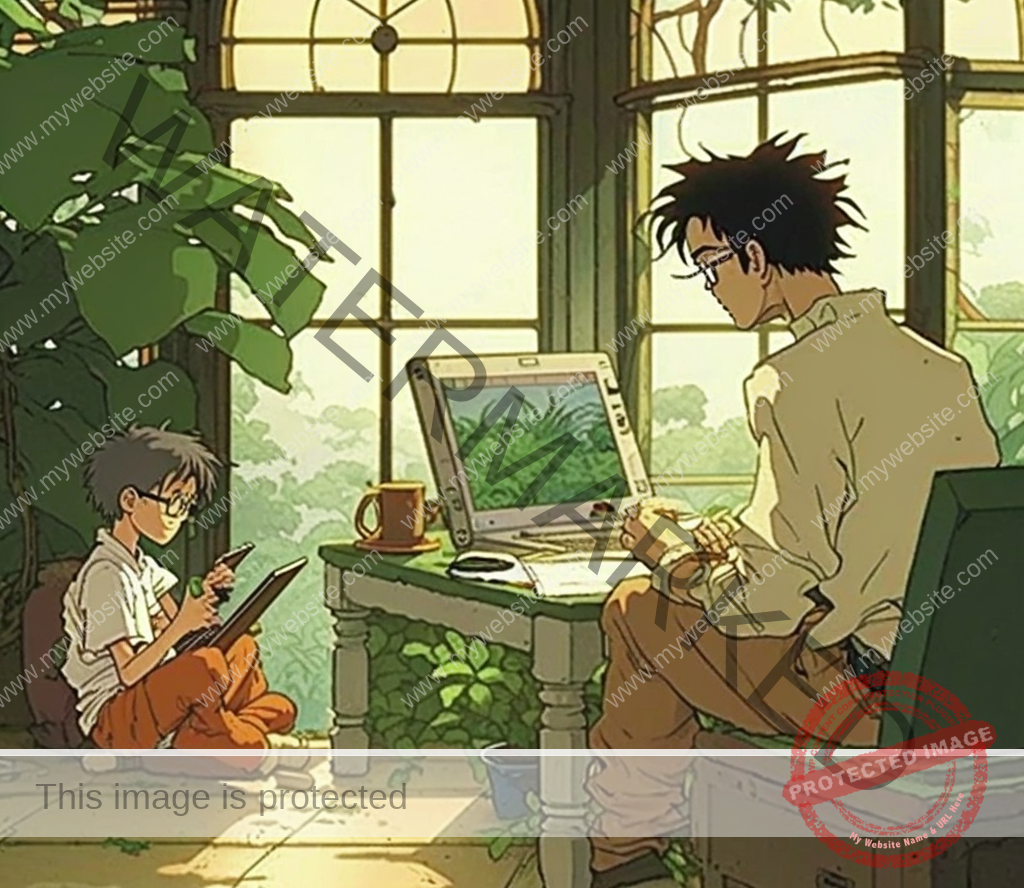The Japanese musical play known as Nogaku (sometimes spelt Noh or No) originated in the fourteenth century. The Chinese Nuo Theatre, or Sarugaku, is where it all started. Noh performers and musicians never work together in rehearsal. They all work one-on-one with an experienced instructor to perfect the choreography, tunes, and dances.

Traditional Noh Theatre stages served as inspiration for the elaborate sets used in the kagura. The predominant building material is hinoki, also known as Japanese cypress wood. Four pillars hold up the roof. They have specific locations and names following the given instructions. You can sit or stand at Shite-bashira, the pillar in the back left corner. Waki-bashira is the right-most column at the front and serves as the focal point for his performances. The flute player sits in the far right rear corner, known as Fue-bashira. When standing in front of Shite, you’ll be staring at a pillar known as Metsuke-bashira.
There are four types of Noh performers: shite, waki, kyogen, and Hayashi. The drama’s true protagonists are the people who really do stuff or “shite.” First, a Maeshite, or human; he then assumes the identity of a Nochijite or ghost. Tsure is one of Shite’s many friends and acquaintances. Waki is the bad guy who stands in the way of Shite. Waki’s close companion, Wakizure. During intermissions, Kyogen performs Aikyogen. Hayashi performs on the four traditional Noh instruments: the Fue (flute), Taiko (stick drum), Okawa Otsuzumi (hip drum), and Kotsuzumi (shoulder drum). Jiutai is the chorus’s name, consisting of seven or eight singers. The aid workers are known as Koken.

There are a few ways to classify the tales told in Noh play, but generally, they fall into one of five groups. Kami Mono, Shura Mono, Katsura Mono, Kiri No, and more plays fall into this category. These plays might last anything from half an hour to two hours. Kami mono, also known as Waki No, is a kind of Japanese mythology in which the Shite appears first as a person and then as a god. Shura mono, also known as Asura No, depicts the Shite acting out the moment of his own death, first as a ghost and then as a warrior. A woman portrays the Shite character, known for her lovely dancing and singing, in katsura mono or Onna Mono. Shite appears as a devil, monster, or goblin in Kiri No or Oni Mono. Genzai Mono or every day plays. Kyoran Mono, or crazy plays, and Onryo Mono, or mischievous spirits plays, fall under the umbrella of miscellaneous plays.
Geki Noh is one category, whereas Furyu Noh is another. Geki Noh are performances that feature acting and often include physical staging. Fruyu Noh refers to the strictly musical and dance performances of Noh theatre. The tone of a Noh performance might vary greatly. Ghosts, demons, and even deities all make appearances in Mugen Noh. The story continues switching timelines and locations. Genzai Noh dramatises the struggles of regular people.

The elaborately crafted outfits are custom-made for each performer in the production. The serpent’s scales resemble a series of triangles. The Shite wear elaborate garments crafted from costly materials like silk or brocade. The singers and musicians perform in traditional Montsuki kimonos and Hakama shirts. The helpers all dress in black. Gods, devils, animals, and even men dressing up as women often require masks. As a rule, Shite conceals his identity by donning a mask. While on stage, each of the characters uses a hand fan. They keep it on hand or in a pocket at all times. The drama’s intriguing aesthetic and characterisation continue to draw new viewers in Japan, which has already achieved widespread acclaim.

